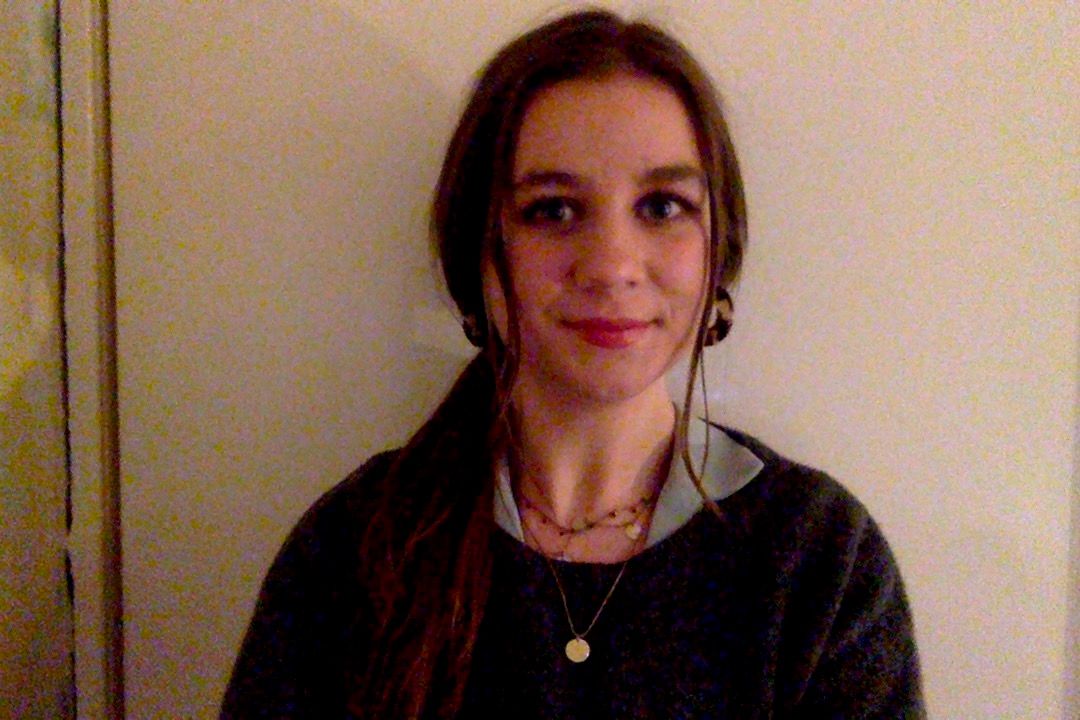
Frankie Macpherson
Intern Journalist, BBC Science Focus
Recent articles by Frankie Macpherson

How long does it really take to fall in love? Here’s what science says
Certain animals can form lifelong bonds in a single day. But what about humans?

Scientifically, could love count as an addiction?
Love actually carries some of the neurological signatures of drug addiction.

Meet the scientist who defeated 'the world's worst bacteria' to save her husband’s life
As she told us on the Science Focus Podcast, Professor Steffanie Strathdee tackled a superbug as it threatened to kill her partner.

How to tell if you're in love, according to science
According to some neuroscientists, it's possible to distinguish between different types of love in your brain.

This is your brain on love: the beautiful neuroscience behind all romance
The power of love is a curious thing – particularly when it comes to your mind.

6 women who are changing chemistry as we know it
These six chemists – three of them Nobel Prize winners – are all incredible researchers whose accomplishments need to be shared.

What's the difference between a moth and a butterfly?
Moths to a flame – but why not butterflies? Here we'll get into the differences between moths and butterflies, according to science.

Green tea and coffee may be associated with lower risk of death
A coffee a day may keep the doctor away – study links green tea and coffee consumption with a lower risk of death, but its observations are far from conclusive.

COVID-19 antibodies last for 6 months following infection, study finds
The findings support the government’s decision to delay second doses of the COVID-19 vaccines, researchers say.

Fantastic facts about butterflies: Everything you need to know, according to science
Here we fly through the great and gruesome science of butterflies, down to tiny wing scales and the shine of their eyes.

World’s first urban airport for drones and flying taxis to open in Coventry
The Urban Air Port project, which will usher in a network of delivery drones and air-taxis, has gained government backing and could open its doors as early as November.

Why do cats love catnip?
How catnip works its magic – and the unexpected reactions of some cats, including tigers.

Regular afternoon naps linked to improved cognitive function
Researchers find that afternoon snoozes may help your brain function, but not all naps were created equal.

Baby tyrannosaurs were the largest-ever hatchlings
Here's what researchers have learned about the size and weight of tyrannosaur embryo fossils.

Revealed: How snakes defend against their own venom
Researchers have used cutting-edge technology to explain how venom resistance has evolved in snakes.

Everything we know about the new coronavirus variant in Brazil
Researchers are investigating a new variant of coronavirus found in Brazil which may be more transmissible.

Drinking more coffee every day could lower your risk of prostate cancer
A large review of research indicates that that extra cup of coffee does more than keep you alert. In fact, drinking more coffee may reduce your risk of prostate cancer by up to 9 per cent.

How to keep Christmas fun: Best games to play virtually
Here’s how you can keep the fun in Christmas, even if you have to keep your distance.

Discovery of exoplanet’s bizarre orbit may help us track down Planet Nine
14 years of Hubble Space Telescope data finally confirm HD 106906 b exoplanet’s orbit, with exciting parallels to what we expect from Planet Nine

New technique could uncover gravitational echoes of the Big Bang
Researchers can now sift through the astrophysical noise to see the conditions of the early Universe.

An eye for an AI: Optic device mimics human retina
The device responds to changes in what it sees, which could help it spot objects much more quickly.

Most detailed sunspot image to date captured by new solar telescope
Like a psychedelic sunflower, the heart of the sunspot is a deep brown colour, with red and orange streaks flaring outwards.

From dreaming to life-saving sniffs: 13 science-based rat facts
They're not as scary as they may seem... and here are 13 facts to prove it.

African crested rat | The rabbit-sized rodent with poisonous fur
Research collaboration confirms that African crested rats, L. imhausi, not only store poison as a protective mechanism, but appear to be resistant to the toxins themselves.